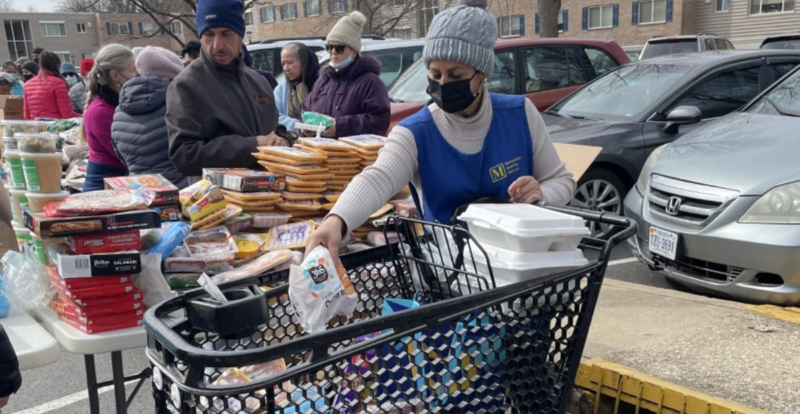To begin exploring food justice, we’re going to dive into what healthy food for all really means. Healthy food for all is one of the three priorities of food justice, and to move towards this goal, the food justice movement is working to improve access to fresh/high-quality foods. Many communities experience a lack of healthy food due to their location in a food desert. Food deserts are defined as “urban neighborhoods or rural towns without easy access to fresh, healthy, and affordable food” (USDA). In a food desert, a family must travel long distances to get to the nearest grocery store. Closer options may include convenience stores or fast-food options, but even though those options are cheaper, they’re less healthy.
Healthline explains that food deserts are created by “food insecurity, health, racial residential segregation, and poor access to transportation among low-income and historically marginalized populations.” Some activists describe food deserts as “food apartheid.” The word apartheid conveys the prevailing history of discrimination that has prevented many low-income and/or BIPOC communities from accessing healthy food.
One of the largest food deserts close to Northern Virginia is Ward 7 and Ward 8 in Washington DC. In 2020, the USDA Economic Research Service mapped the number of grocery stores and the areas of limited food access. The study found that there were only 4 grocery stores throughout the two wards and that they had the lowest median annual income in the district, totaling $38,680. Food deserts also disproportionately impact BIPOC communities. In Ward 7 and Ward 8, 92% of residents identified as Black and/or African American.
Now that we’ve overviewed where and why healthy food isn’t always accessible, you may be wondering what organizations do to work towards healthy food for all. One organization, Bread for the City, prioritizes healthy food for all by “work[ing] with low-income families to develop the power to determine their own futures.” BFC provides fresh food at localized food pantries and grows its own produce. Harlem Grown similarly encourages agency within the communities it serves by operating urban farms and teaching residents how to grow healthy food.
Food for Others is currently working towards making healthy food more accessible. For example, we coordinate three community gardens. The gardens allow local residents to manage their own garden plot and provide education on seasonal planting. In addition, we’re making a tremendous step towards making healthy food accessible by reintroducing our MyMarket program. MyMarket will enable clients to select items that fit best with their health needs. Food justice is an important, growing movement, and with more knowledge about it, we can be stronger advocates for healthy food for all.


